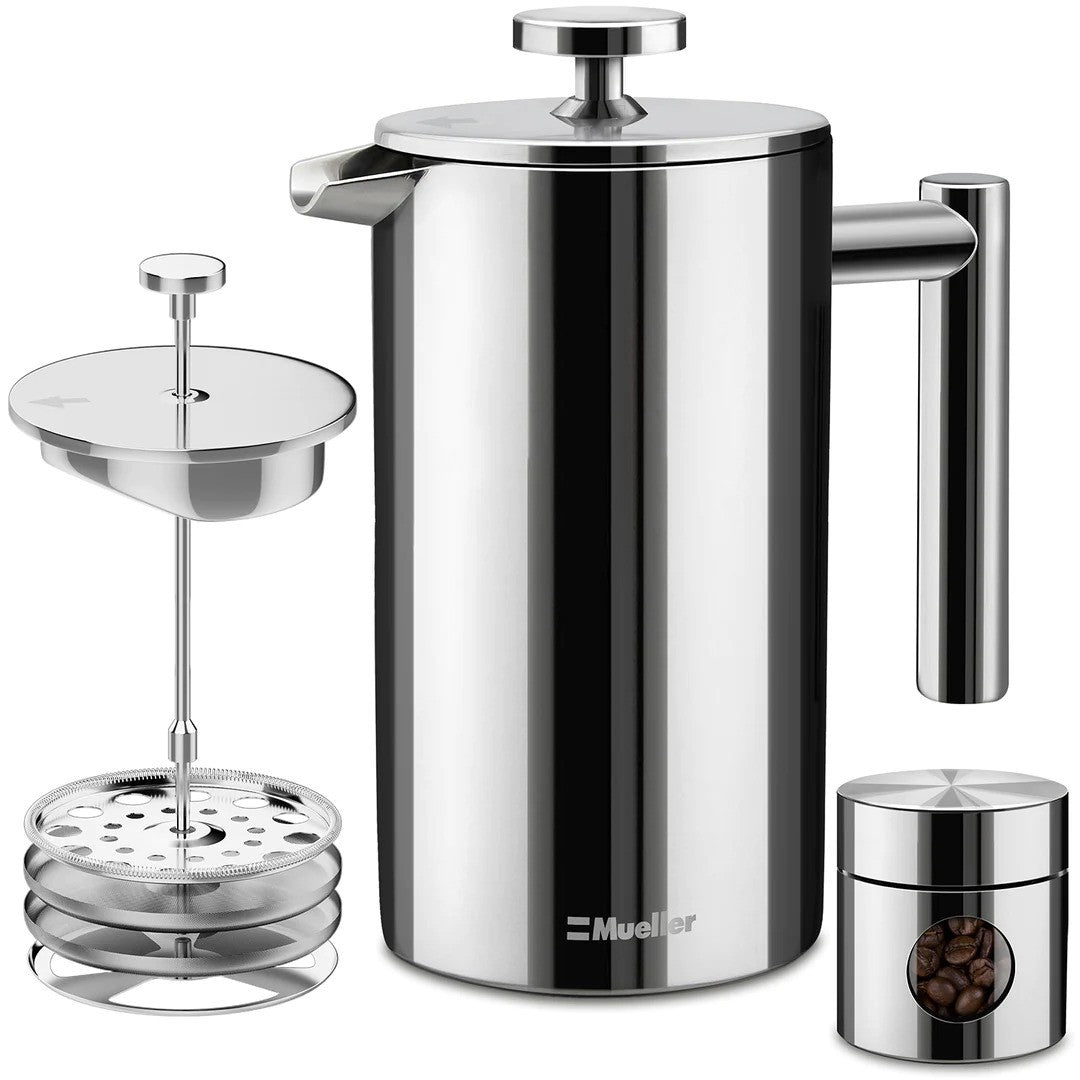How Typica is Your Kona Coffee? by Karen Paterson
When we planned our first coffee orchard we read all of the University of Hawaii publications on growing coffee. One of the recommendation was that we should plant a Guatemalan Typica coffee tree that they called “Kona Typica”. When we were ready to plant we relied on local experts to pick the trees for us. Later, after our orchard matured we noticed that some of the trees looked different. No one seemed to have an answer why, until we hired an expert on coffee trees. He told us that some of the trees in our orchard were not Guatemalan Typicas, some were Bourbon and some were hybridized trees that couldn’t be identified. After that we started looking at other Kona coffee orchards and saw that many orchards had trees which looked different from the Guatemalan Typicas.
We now know that while Guatemalan Typica trees are the dominant tree in Kona, many other varieties have found their way into Kona coffee nurseries and into Kona orchards. Even on those farms who claim that their trees are “Kona Typica” there are often different varieties of coffee that have come in as volunteers or been purposely planted to enrich the flavor profile.
When Mark Twain visited Kona and uttered his famous approval of Kona coffee “Kona coffee has a richer flavor than any other, be it grown where it may and call it by what name you please,” he wasn’t talking about Kona Typica coffee. The coffee Twain extolled was from Brazilian Typica coffee trees brought to Hawaii from Brazil in 1825 by Chief Boki and then transplanted to Kona by Samuel Ruggles, a Congregationalist minister. Interestingly, Ruggles didn’t bring the trees for the coffee, he brought them to landscape his church.
The Brazilian trees thrived in Kona until 1897 when Herman Weidemann and John Horner convinced Kona coffee farmers that coffee from trees that Weidemann had brought from Guatemala in 1892 was superior to the coffee praised by Twain. Many coffee farmers switched and began to grow the Guatemalan Typica trees. However, the Brazilian coffee trees and their progeny still exist in many farms.
In the 1960’s, there was an infusion of Red Caturra trees into Kona orchards. Many of those Caturra trees are still found today in coffee nurseries and Kona orchards. Again around 2000 and continuing today, Progeny 502 trees grafted onto Liberica rootstock are being planted as an answer to nematode infestation.
Today, there are many different varieties of arabica coffees grown in Kona orchards. Since the coffee mills mix together all of the beans they receive, there are almost no Kona coffee’s in cafes or supermarkets that are pure Guatemalan Typica. Is that good or bad? There is no way to tell. On some farms it is very good. Greenwell has a private reserve coffee that is a blend of Guatamalan Typica, Brazilian Typica and Red Boubon that is excellent. Pau Hana sells a blend of Guatemalan Typica, Brazilian Typica and Orange Bourbon that is also excellent.
Some of the coffee varieties found in Kona coffee are:
| Variety |
Characteristics |
| Bourbon | Around 1708 the French planted coffee on the island of Bourbon (now called Réunion) in the middle of the Indian Ocean. It mutated slightly and was planted throughout Brazil in the late 1800s and eventually spread through Latin America. Bourbon produces 20-30% more fruit than Typica varieties. |
| Caturra | This is a mutation of the Bourbon variety, found near the town of Caturra, Brazil in the 1930s. It produces a higher yield than Bourbon, generally due to the plant being shorter and with less distance between the branches. |
| Catuai | This is a hybrid of Mundo Novo and Caturra bred in Brazil in the late 40s. |
| Jamaican Blue Mountain | From the Blue Mountain region of Jamaica. |
| Moka | Small bean coffee with bitter chocolate flavor. |
| Purpurascens | A purple leaf coffee mutant |
| Pacamara | Pacamara is a hybrid between the Typica mutation Pacas and Maragogipe. It was bred in El Salvador in 1958. |
| Pacas | A natural mutation of the Bourbon variety found in El Salvador in 1949. |
| Gesha | From the highlands of Boquete in Chiriqui Province, Panama. |
| Maragogipe |
A Typica mutation, first discovered in the Maragogipe region of Brazil’s state Bahia. Maragogipe is well known for producing big beans. |
| Progeny 502 | A typica hybrid usually grafted onto nematode resistant Liberica rootstock. |
| SL28 |
A selection, by Scott Labs in Kenya from the Tanganyika Drought Resistant variety from northern Tanzania in 1931. Excellent flavor. |
Interestingly, many of these different arabica coffees have started to show up as winners in Kona cupping contests. Some of the winners and their coffees are:
|
The Other Farm 2000 Gavelia Winner |
Grafted Prodigy 502, grafted Guatemalan Typica |
|
Woods Captain Cook Estate 2001 Gavelia Winner |
Guatemalan Typica, Orange Bourbon, Brazilian Typica |
|
Ariana Ono Farms 2011 Kona Crown Cupping Winner |
Grafted Prodigy 502; Grafted Guatemalan Typica; Brazilian Typica |
A number of other farms with different varieties have placed highly in the cupping competitions.
Will new varieties be a boon or a detriment to Kona coffee farmers? In Napa, new varities of grapes introduced in the 1970’s brought world dominance and increased profits for grape farmers. In the apple industry, new varieties allowed American farmers to compete successfully with foreign apples at the supermarket. Will the same be true for Kona farmers? It is up to the customers, not the farmers. If customers want different varieties, they will buy them where they can – in Kona or from foreign farmers. If customers prefer the Kona heritage profile, then the new varieties will be ripped out of Kona coffee farms.

